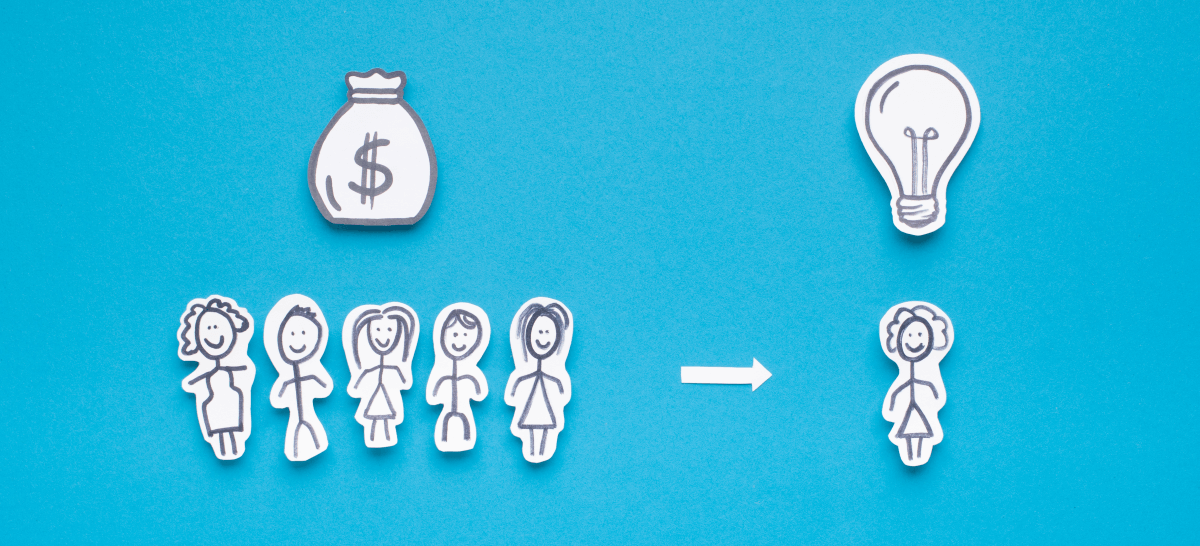It’s that time of the year again, and as an employer you need to be aware of the impending changes to HR & Payroll.
From 1 July 2013 all employers will be required to update their tax tables in their accounting files (eg. MYOB, QuickBooks) to ensure they are withholding the correct amount of tax for each employee.
Employers will also be required to submit all employees' 2013 Group Certificates by 14 July 2013 to their employees and to the ATO by 14 August 2013.
Additionally, the payroll tax end of year reconciliation is required to be submitted and paid to the OSR by 21 July 2013.
To simplify this for you, Azure Group have summarised the two key changes which will come into effect from 1 July 2013 that you need to act on.
1. Superannuation Changes
The major change will see employers increasing compulsory superannuation paid to employees from 9% to 9.25%. In order to avoid the superannuation guarantee charge you must make the minimum compulsory contributions.
Regardless of what the employees contract states the change must be implemented. However, this does not mean that you ignore the employee’s contract; instead you must read and understand what the employee’s contract sets out.
What does this mean for you? A practical example:
Q- I have an employee who is on a salary of $75,000 plus superannuation. What do these changes mean for me?
In this example, this will mean the employer will have an additional cost in relation to their employee, being required to pay an extra 0.25% on the gross wages, with a cost to the business of $187.50 per annum.
Q- I have an employee who is on a salary package of $75,000 including superannuation. What do these changes mean for me?
In this example, the employer can lawfully reduce the employee’s take home pay and therefore the employer will have no additional expense.
However, this approach is likely to result in questions and complaints and ultimately unhappy employees. While, you have can lawfully reduce the employees take home pay, you need to ensure that you still meet all minimum wage requirements and if you business decides to take this route you develop a communication strategy ready to manage the situation with your employees.
If you decide to absorb the additional cost as a business and not reduce the employees take home pay, we would strongly recommend that you vary the employee’s contract to reflect the new pay structure. Remembering that increases to the superannuation guarantee rates will be a regular feature over the next 7 years, so any variation to the contract should account for ongoing change.
Also, if you employ workers over the age of 70 years of age, you were not traditionally required to pay superannuation guarantee. As of 1 July 2013, this age restriction on superannuation has been abolished and you are now required to pay superannuation contributions for all employees regardless of age and who are entitled to superannuation.
For more on these changes, please see the link below: http://superfuture.gov.au/employers/new_rates_for_compulsory
2. Payroll Tax Threshold & Rates
A welcome relief by the NSW Government sees the payroll tax threshold increased to $750,000 for FY 2014.
It is estimated, that businesses will save on average $3,000 per annum and about 1,300 small businesses will fall outside the scope of payroll tax altogether with the increased threshold.
Additionally, the government has extended the ‘new jobs ‘rebate to 30 June 2015 and increased the threshold from $4,000 to $5,000.
This initiative applies where a new job is created after 1 July 2013 the employer is entitled to a rebate on their payroll tax. The rebate is paid in 2 parts:
- $2,000 will be paid at the end of the first year of employment; and
- $3,000 will be paid at the end of the second year of employment.
Please see below a table outlining the updated payroll tax thresholds and rates for 2014.
|
State |
FY 13 Threshold |
FY 13 Tax Rate |
FY 14 Threshold |
FY 14 Tax Rate |
Link for more information |
|
NSW |
$689,000 |
5.45% |
$750,000 |
No Change |
|
|
QLD |
$1,100,100 [Annual range for deduction: $1,1000,000– $5,500,000] |
4.75% |
No Change |
No Change |
|
|
VIC |
$550,000 |
4.90% |
No Change |
No Change |
|
|
ACT |
$1,750,000 |
6.85% |
No Change |
No Change |
|
|
NT |
$1,500,000 |
5.50% |
No Change |
No Change |
|
|
SA |
$600,000 |
4.95% |
No Change |
No Change |
|
|
TAS |
$1,010,000 |
6.10% |
$1,250,000
*Pending the passage of legislation. |
No Change |
|
|
WA |
$750,000 |
5.50% |
No Change |
No Change |
If you have any questions regarding the above, don't hesitate to contact us.
This article is intended to provide general information only, and is not to be regarded as legal or financial advice. The content is based on current facts, circumstances, and assumptions, and its accuracy may be affected by changes in laws, regulations, or market conditions. Accordingly, neither Azure Group Pty Ltd nor any member or employee of Azure Group or associated entities, undertakes responsibility arising in any way whatsoever to any persons in respect of this alert or any error or omissions herein, arising through negligence or otherwise howsoever caused. Readers are advised to consult with qualified professionals for advice specific to their situation before taking any action.







Comment